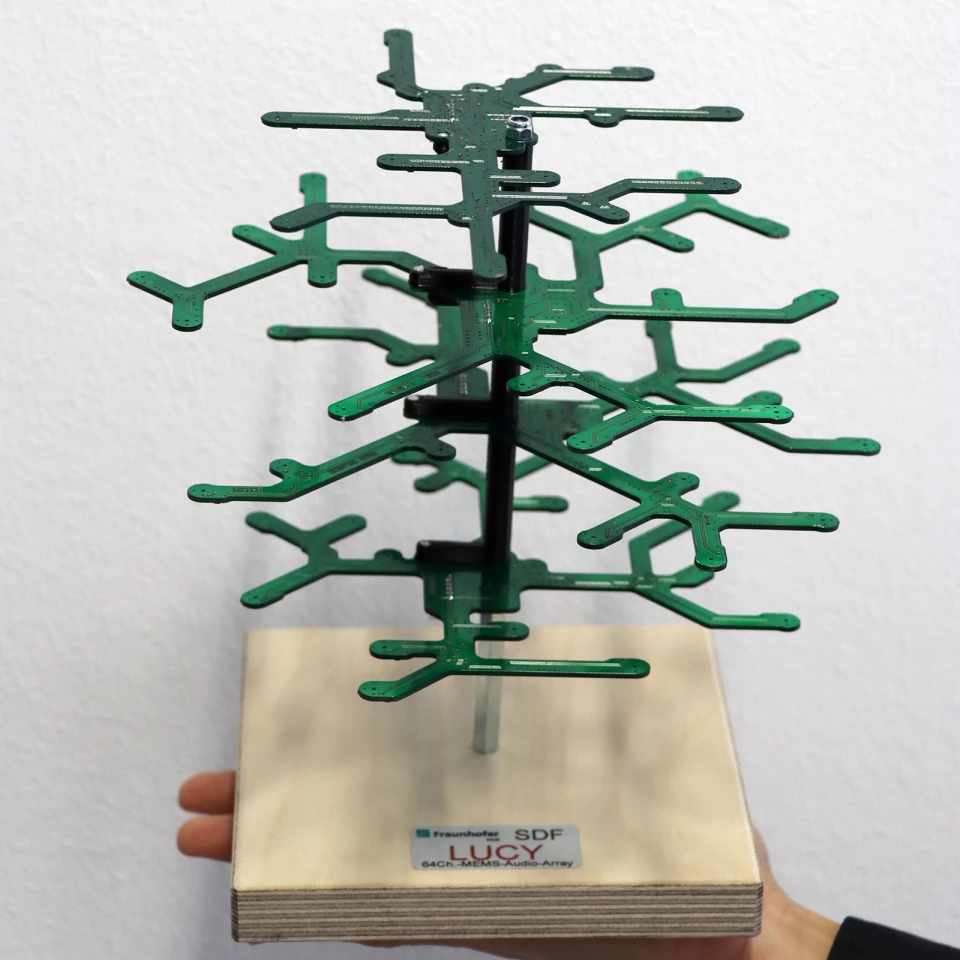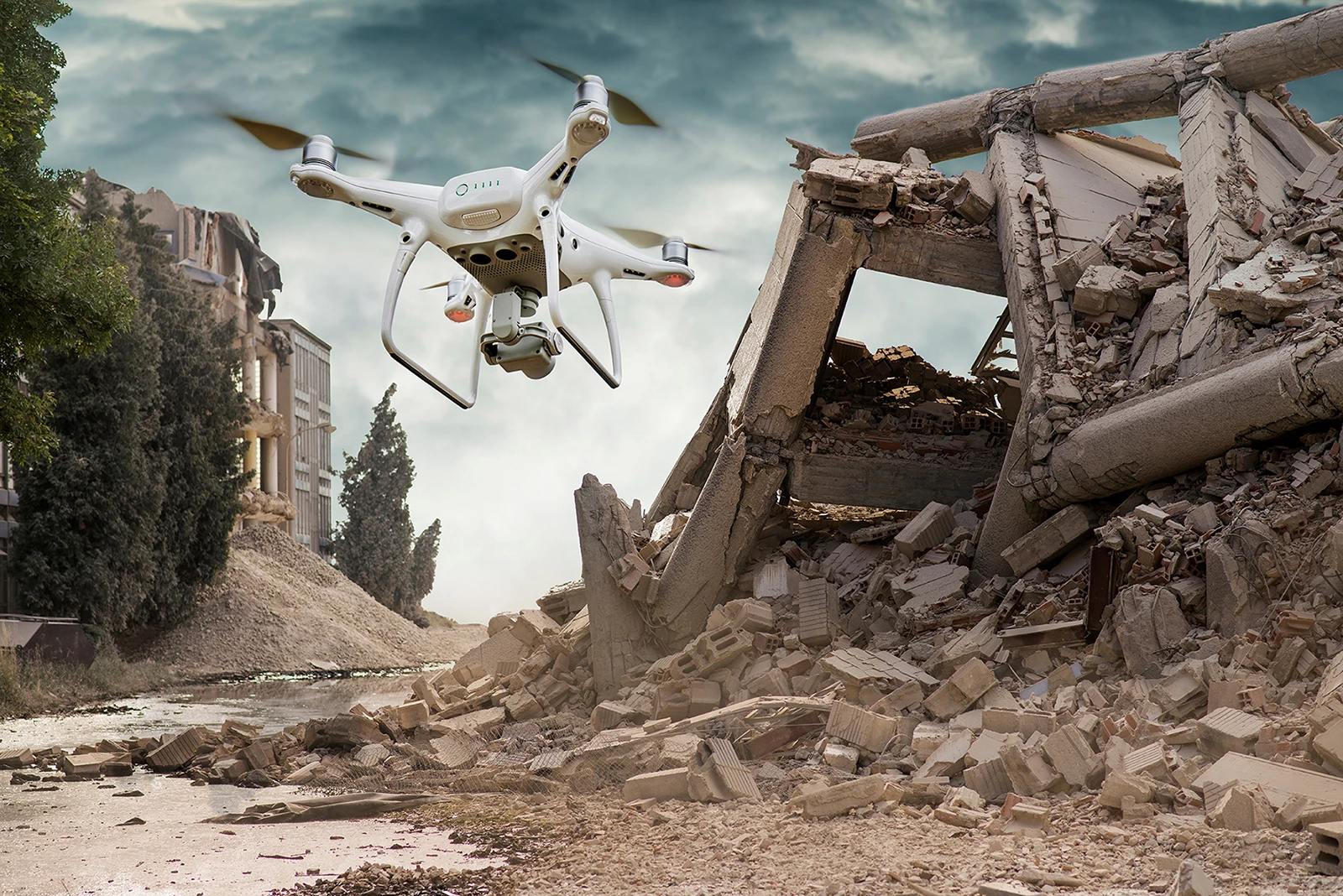The search for survivors at disaster sites is one of the most commonly suggested uses for drones. If those people are buried under debris, however, they won't be visible from the air. That's where LUCY comes in, as it could let drones locate survivors by sound.
Developed by scientists at Germany's Fraunhofer Institute for Communication, Information Processing and Ergonomics, LUCY is an array of inexpensive MEMS (micro-electromechanical system) microphones that can be mounted on the undercarriage of existing multi-rotor drones. Its name is an acronym for "Listening system Using a Crow’s nest arraY."
"The highest lookout point on ships which allows you to see in all directions is known as the crow’s nest. The same goes for LUCY – our system can hear in all directions with virtually no restrictions," said Macarena Varela, who is leading the research along with Dr. Marc Oispuu.

In the current version of the system, 48 of the robust microphones are arranged in a special geometric configuration that optimizes the setup's ability to pinpoint the direction from which a specific sound is originating. The mics can even pick up frequencies that the human ear can't hear.
That said, AI-based algorithms running on LUCY's signal processing unit block out distracting sounds such as wind, rescue equipment and the drone's own rotors. At the same time, those algorithms search for sounds like shouting, banging or clapping, which trapped survivors might use to draw attention to themselves.
When such sounds are detected and their geographic source is established, the system can relay the coordinates to ground crews that would perform the actual rescue. In fact, LUCY could conceivably be used on the ground by those crews, without a drone.
Varela, Oispuu and colleagues are now working on an improved version of the system, which will utilize 256 microphones.
Source: Fraunhofer





